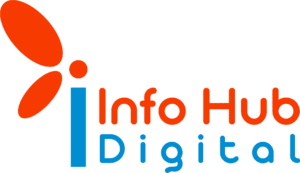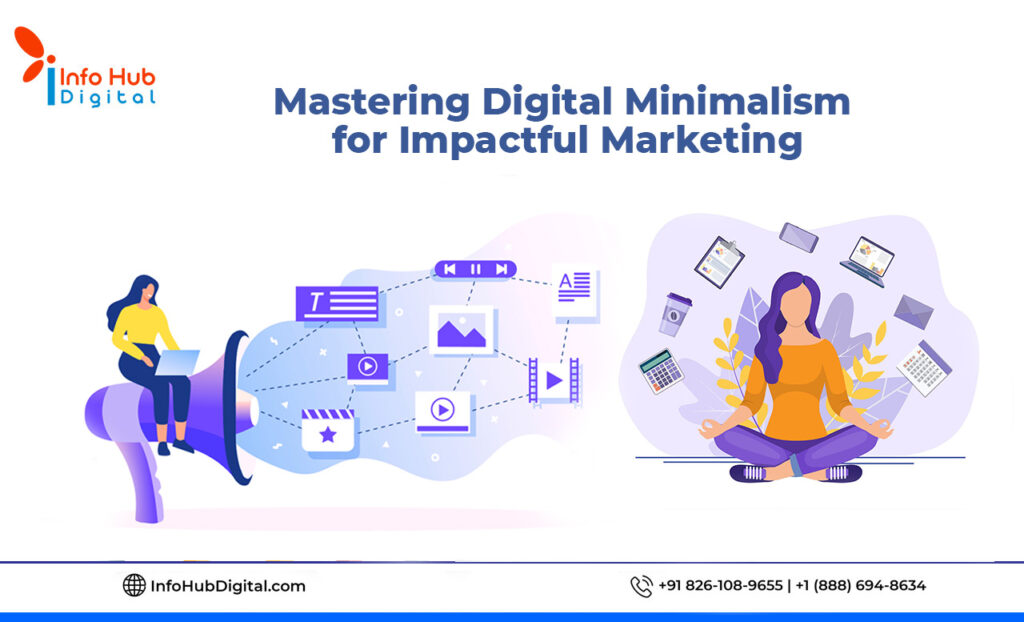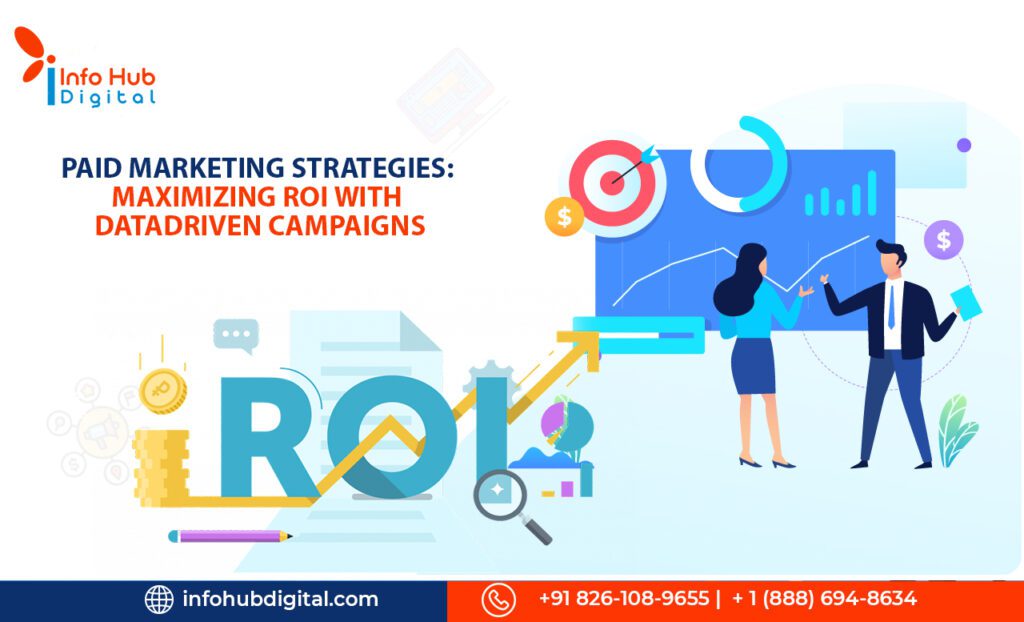Table of Contents
Introduction
In the ever-evolving landscape of modern marketing, simplicity has emerged as a powerful antidote to the complexity that often plagues marketing strategies. This article delves into the concept of simplifying your marketing approach to achieve maximized results. As we navigate through the following sections, we will explore how understanding your audience, streamlining your message, leveraging data and analytics, and making informed decisions about marketing channels and technology can transform your marketing efforts.
Understanding Your Audience
A. Customer Segmentation
- Demographic Factors
- Unpacking the significance of age, gender, and location in customer segmentation.
- How demographic data shapes your marketing strategy.
- Psychographic Factors
- Delving into the importance of values, interests, and lifestyle in audience segmentation.
- Crafting personalized messages based on psychographic insights.
B. Buyer Personas
- Creating Detailed Personas
- Building comprehensive buyer personas to represent your target audience.
- Identifying pain points and preferences through persona development.
- Tailoring Messages to Personas
- Customizing marketing messages to resonate with specific buyer personas.
- The art of addressing individual needs within a broader audience.
Streamlining Your Message
A. Crafting a Clear Value Proposition
- Defining and refining your unique value proposition.
- How a compelling value proposition sets you apart from competitors.
B. The Power of Simple Messaging
- Avoiding Jargon and Complexity
- The detrimental effects of jargon-laden marketing materials.
- Strategies for simplifying complex concepts for your audience.
- Focusing on Benefits
- Shifting the focus from features to benefits in your marketing communication.
- Demonstrating the real value your product or service provides.
Leveraging Data and Analytics
A. Collecting Relevant Data
- Customer Behavior
- Tracking and interpreting customer actions and interactions.
- The role of behavioral data in refining marketing strategies.
- Market Trends
- Staying informed about industry trends and shifts.
- Using trend analysis to adapt marketing campaigns proactively.
B. Data-Driven Decision Making
- Identifying Key Metrics
- Selecting the most meaningful metrics for your business objectives.
- Setting benchmarks for success based on key performance indicators (KPIs).
- A/B Testing and Optimization
- Harnessing the power of A/B testing to refine marketing efforts.
- Iterative optimization for continuous improvement.
Choosing the Right Marketing Channels
A. Evaluating Your Options
- Social Media
- Exploring the suitability of different social media platforms for your business.
- Tailoring content to align with the strengths of each platform.
- Content Marketing
- Understanding the diverse aspects of content marketing, from blogs to videos.
- Creating valuable, shareable content for your audience.
- Email Marketing
- The enduring effectiveness of email as a marketing channel.
- Crafting compelling email campaigns that drive engagement.
B. The Multi-Channel Approach
- Consistency Across Channels
- Maintaining a consistent brand image and message across all marketing channels.
- The impact of cross-channel brand recognition.
- Measuring Channel Effectiveness
- Implementing robust tracking and analytics for each marketing channel.
- Allocating resources based on channel performance data.
Automation and Marketing Technology
A. The Role of Marketing Automation
- Time-Saving Benefits
- How marketing automation streamlines repetitive tasks.
- The liberation of time for strategic decision-making.
- Personalization at Scale
- Achieving meaningful personalization through automation.
- Enhancing customer relationships through tailored experiences.
B. Integrating Marketing Tools
- CRM Systems
- The central role of Customer Relationship Management (CRM) systems.
- Leveraging CRM data for targeted marketing campaigns.
- Email Marketing Platforms
- Choosing the right email marketing platform for your needs.
- Automation’s role in delivering timely and relevant email content.
Budgeting for Efficiency
A. Allocating Resources Wisely
- Setting Clear Priorities
- Identifying high-impact marketing activities and allocating resources accordingly.
- The art of saying “no” to distractions.
- Scaling Up What Works
- Recognizing successful strategies and expanding investment in them.
- Avoiding resource drains on less effective efforts.
B. Avoiding Over-Complication
- Cost-Benefit Analysis
- Conducting a thorough cost-benefit analysis of marketing initiatives.
- Ensuring a favorable return on investment.
- Agile Budget Adjustments
- Maintaining flexibility in budget allocation to respond to changing circumstances.
- Strategies for making nimble budget adjustments without disrupting campaigns.
Consistent Branding and Messaging
A. Building Brand Recognition
- Logo and Visual Identity
- The visual elements that contribute to strong brand recognition.
- The psychology of logos and their impact on brand perception.
- Consistent Voice and Tone
- Establishing a consistent brand voice across all marketing materials.
- Maintaining a tone that resonates with your target audience.
B. Storytelling as a Marketing Tool
- Creating an Engaging Narrative
- The power of storytelling in creating emotional connections with customers.
- Crafting compelling brand narratives that captivate your audience.
- Emotional Appeal
- Tapping into emotions to drive brand loyalty and engagement.
- Real-world examples of brands successfully using emotional appeal in marketing.
Monitoring and Adaptation
A. The Importance of Continuous Assessment
- Regular Marketing Audits
- The necessity of periodic assessments of your marketing strategies.
- Identifying weaknesses and opportunities through audits.
- Gathering Customer Feedback
- Actively seeking and utilizing customer feedback to improve marketing efforts.
- Strategies for encouraging feedback and turning it into actionable insights.
B. Adapting to Market Changes
- Remaining Agile and Flexible
- The value of adaptability in a rapidly changing marketing landscape.
- Building a corporate culture that embraces change.
- Embracing Innovation
- The role of innovation in staying ahead of competitors.
- Encouraging creativity and fresh ideas within your marketing team.
Conclusion
In conclusion, at Info Hub Digital, we are committed to simplifying your marketing approach for maximum results. As a leading digital marketing services provider agency in India and the USA, our expertise lies in understanding your audience, streamlining your message, leveraging data, and choosing the right marketing channels. Our dedication to consistency, innovation, and delivering the best digital marketing services sets us apart. Join hands with us, and let’s transform your marketing strategies to achieve unparalleled success. Discover why we are recognized as the best digital marketing services provider agency in India. Contact us today to embark on a journey of marketing excellence.







